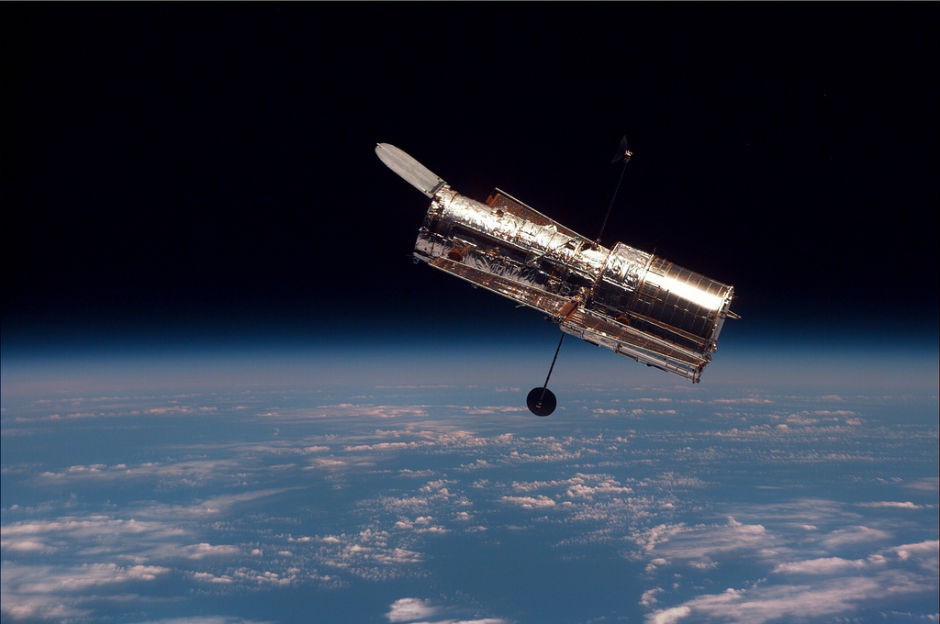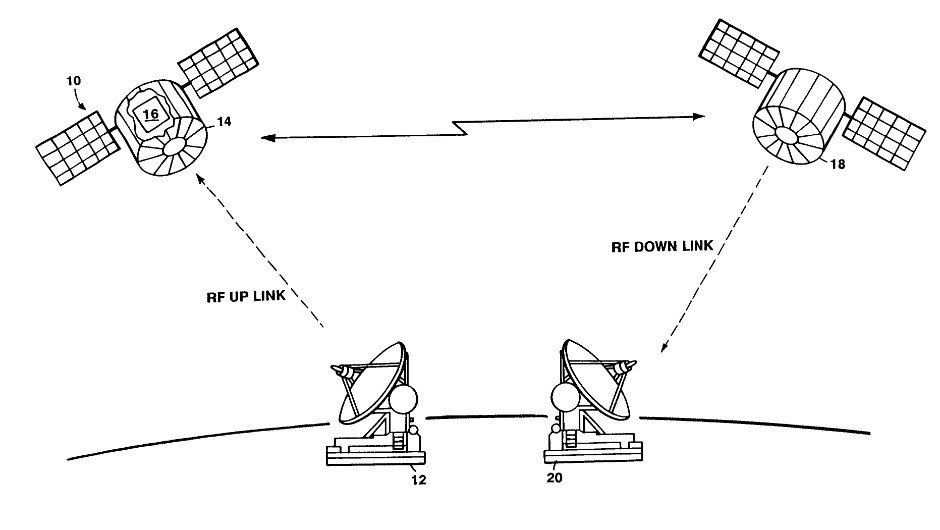Bakhtiar Ali Khan received his Bachelor's degree in electrical engineering from GIKI Pakistan, followed by a Master’s degree from Jacobs University Germany. He is currently pursuing a doctoral degree in the field of electromagnetics at Concordia. His research interest resides in antenna design for next-generation satellite and space applications. So far, he has published around 10 journal and conference articles.
Blog post
How do satellites talk?

Imagine a hunk of metal that is orbiting the globe and gathering information. How do we talk to it?
We have put artificial objects in orbit around the earth for a plethora of reasons. Some satellites are space-based observatories. For instance, the Hubble Space Telescope made some illuminating discoveries about the galaxies and other solar systems that helped us understand the formation of our own solar system.

Some space satellites are imperative for us to continue our daily lives. Common examples are satellites for the Global Positioning System (GPS) as well as communication satellites. In this day and age, our electronic lives are functionally dependent on satellite communication. These fast communication systems and their ubiquitous nature may lead one to take things for granted. However, one might ask, how do these things actually work?
Basic working
Imagine that you would like to talk to one of your friends who happens to lives on the other side of the globe. You pick up your mobile device and make the call. Abracadabra, the next thing you know you are sharing laughs. So what exactly happened here? To understand that we have to take a bit of nuanced approach.

Your mobile device effectively converts the data, which in this case would be your call information, and writes it on a Radio Frequency (RF) signal. This RF signal is capable of traversing across long distances and this serves as motivation for using radio frequencies. This signal is transmitted from your mobile device to the ground station, which is sometimes referred to as a base station.
Given that your friend is on the other side of the globe, sending this signal directly is not possible. So, as shown in the illustration, the base station has sophisticated antennas that transmit that signal to a satellite. This satellite transmits the signal to the another satellite, which then relays the signal back to the earth-based station. Finally, from there the signal is sent your friend’s device, which extracts the data and your friend is able to you see you.
All this occurs at an incredible speed, so much so, that to a human it appears instantaneous. To be able to carry out this fundamental phenomenom, we have to leverage electromagnetism.
Fundamental Principle
Electromagnetic waves travels at the speed of light. But how do we send and receive them? The component that allows us to manipulate the electromagnetic waves is called an antenna. To understand the working principle of an antenna, let us consider an analogy.

Assume that we have a pool of water and we throw a pebble in it. We will observe circular water waves that move away from the point of contact between the pebble and the surface of water, as shown here. Analogically, if you have an electron and you jiggle it up and down, this will create the electromagnetic waves that move away from the jiggling electron. These waves can carry information at long distances and we can retrieve them through antennas to get our desired information.
Satellites are of paramount importance to our modern way of life. Their applications vary from something as important as air traffic control to something as benign as sending emails. This is not the only application domain. Another avenue of research applications for space satellites are space-based observatories. These space telescopes serve as important tools in expanding our understanding of the cosmos.
About the author


